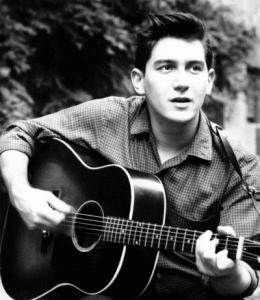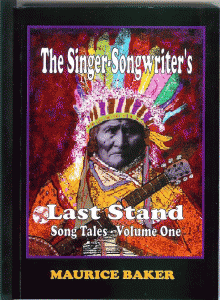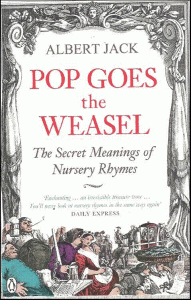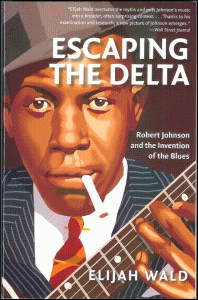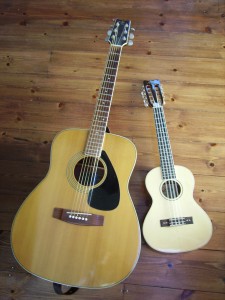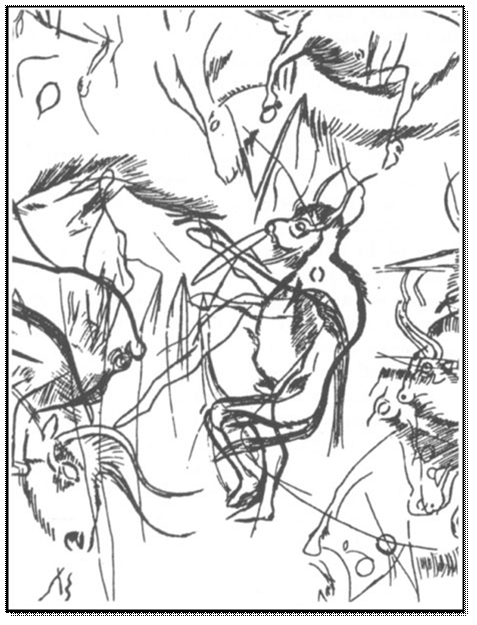
Just back from holiday in South West France with Sofie, the initial idea being to visit Carcassonne and other sites depicted in ‘The Labyrinth’, an historical novel by author Kate Mosse. The following brief synopsis from her website says:
‘On the eve of a brutal crusade that will rip apart southern France, a young woman named Alais is given a ring and a mysterious book for safekeeping by her father. The book, he says, contains the secret of the true Grail, and the ring, inscribed with a labyrinth, will identify a guardian of the Grail. Now, as crusading armies gather outside the city walls of Carcassonne, it will take a tremendous sacrifice to keep the secret of the labyrinth safe.’ The old fortified town and other medieval places we visited were picturesque – some impossibly so – and often full of restaurants, bars and gift shops but thankfully not too crowded.
Whilst there we also visited the Niaux cave, about twenty miles south of Foix in the Pyrenees and known for the quality of its Magdalenian paintings, depictions made more than 12,000 years ago. A rough 800 metre path leads to the Salon Noir, site of the paintings which are of international level. Drawn in black lines, more than 100 images depict the large mammals of the Magdalenian fauna.
Asked why the prehistoric men had ventured so far into the cave to paint their pictures, our guide admitted that experts did not really know. One speculation, however, was that this particular high-domed chamber had exceptional acoustics, similar to a cathedral or good concert hall and would have been ideal for music making. He invited visitors to test the theory by singing but, as everyone was too shy, demonstrated himself by letting out a long ‘oooh’ which did indeed resonate with an almost supernatural power.
Most theories as to why these paintings were made assumed some sort of mystical purpose involving shamanic rituals – the animals drawn as later civilizations might depict gods of various kinds. However, it occurred to me that some young people today go to great lengths making graffiti – the most common ones being identity tags. Such marks are a kind of initiation rite, as well as a devil-may-care act of rebellion, and maybe the cave paintings (most of which were simple dots and lines rather than representational images) served the same purpose. To my mind the most significant aspect of these paintings was not the works themselves, despite their raw power, but the fact they were so far underground in the first place. All the artists had were simple oil lamps to guide them, yet they climbed hundreds of metres through unknown and complex passages, never knowing what danger or creatures maybe they might meet (natural or unnatural). Nor did they embark on their journeys for any obvious gain, as with hunting, fishing and other potentially dangerous activities (which could in any case be done during daylight). The night must have been a time of great fear for our ancestors, so venturing into the darkness underground cannot have been done without good reason and much bravery.
‘The ‘Petit Sorcier á l’Arc Musical’ in the Cave of the Trois-Frères may be the earliest pictographic representation of a musical bow’, says Nathan Phinney in his ‘History of the Guitar’. ‘A man, appearing to be dressed up in animal skins, seems to be playing an instrument protruding from his mouth. It is debated whether or not the man is playing a one stringed lute/guitar, some kind of wind instrument, or rather is simply carrying a hunting bow. The cave paintings are thought to date back 14,000 years.’ To my eyes the object doesn’t look much like an instrument, maybe not even a bow. But it’s difficult to tell because the drawings are higgledy-piggledy and overlapping. Incidentally, our guide at Niaux had no convincing explanation why paintings overlapped, nor why many were unfinished. Perhaps, as I speculated earlier, we shouldn’t view them as artistic creations (nor done for an audience, being so far underground) but as evidence of endeavour. They may have been part of a ritual, as many have speculated, where the spirit of venerated animals was being evoked (most of the animals were not actually hunted) or worshipped. If ceremonies were carried out during the time of painting, then it seems possible the acoustic qualities of the chamber could have been important, as noted earlier.

![tumblr_l4jkpiorkX1qzqppgo1_500[1]](https://mauricebaker.co.uk/wordpress/wp-content/uploads/2011/07/tumblr_l4jkpiorkX1qzqppgo1_50011.png)
![Guy_Chambers-111_410_273_cy_100[1]](https://mauricebaker.co.uk/wordpress/wp-content/uploads/2011/07/Guy_Chambers-111_410_273_cy_1001-300x199.jpg)


